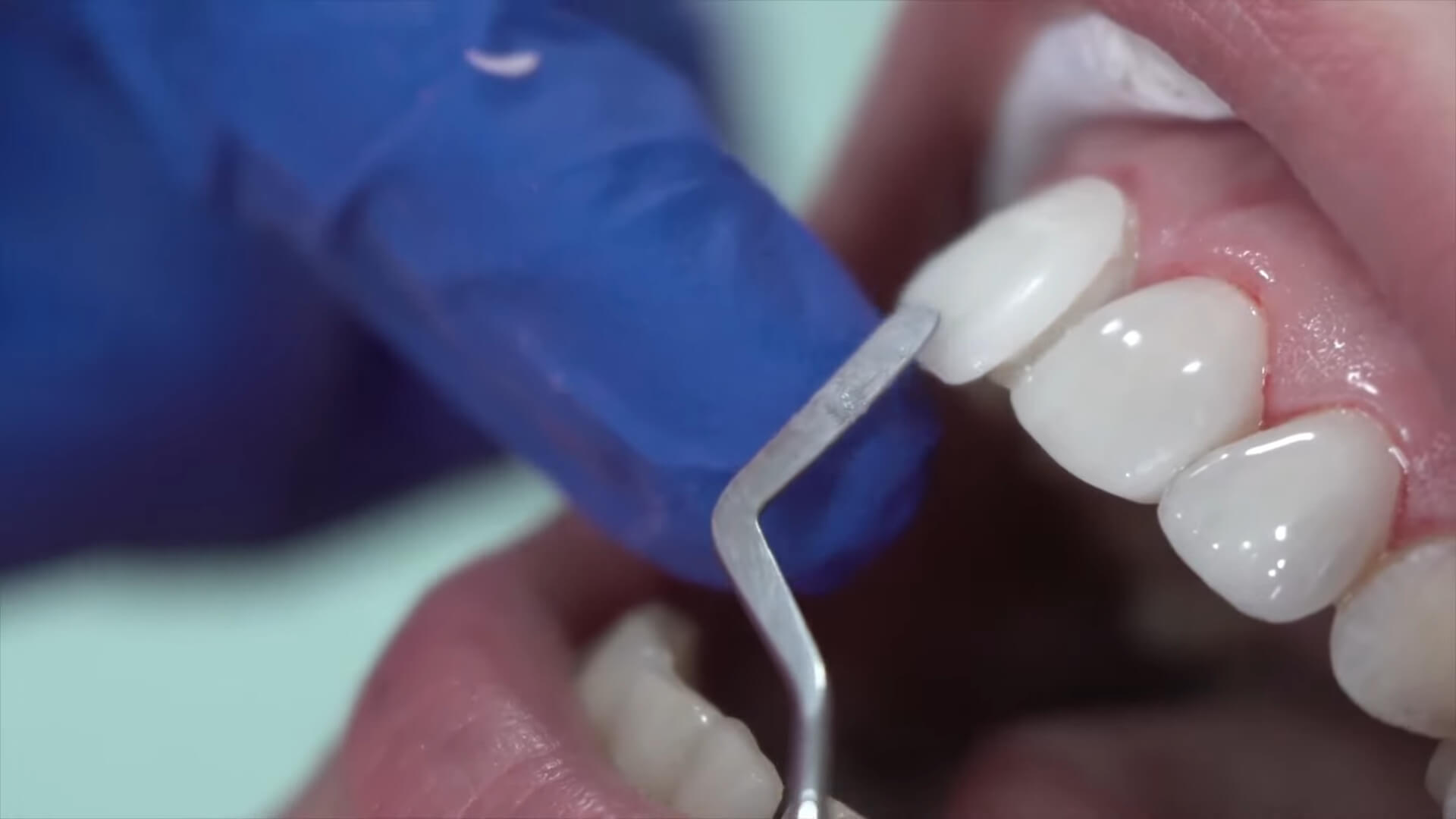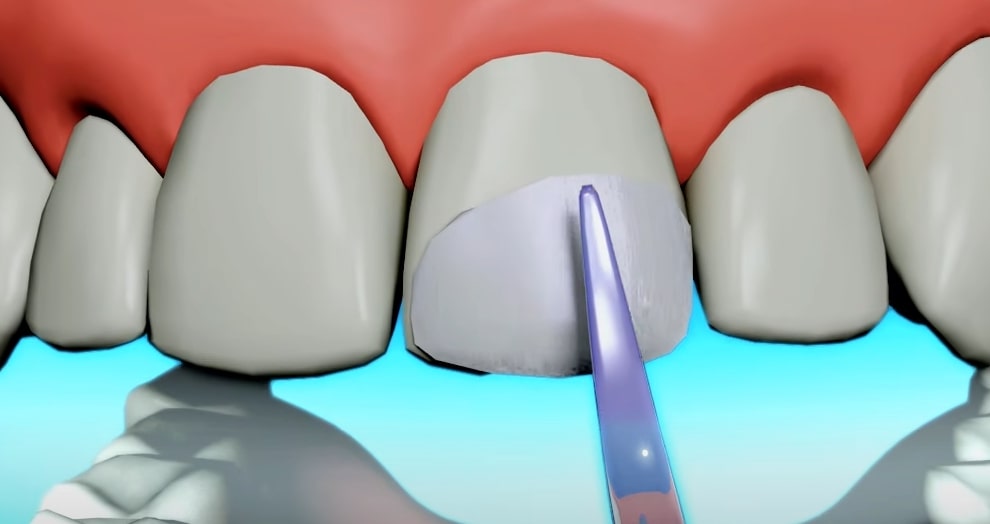Cosmetic dentistry is a branch of dentistry focused on improving the appearance of your teeth, gums, and overall smile. While general dentistry emphasizes oral hygiene, disease prevention, and treatment, cosmetic dentistry is all about enhancing the aesthetics of your teeth.
It’s a blend of art and science that can address a wide range of dental imperfections like discoloration, misalignment, gaps, chips, and more. With the advent of advanced technology and materials, cosmetic dentistry has evolved to provide solutions that are natural-looking, durable, and accessible.
In this article, we’ll explore cosmetic dentistry, its various procedures, how it works, and what you should know before considering treatment.
Types of Cosmetic Dentistry Procedures
Cosmetic dental treatments range from simple, non-invasive procedures like teeth whitening to more complex ones like dental implants and full smile makeovers. Let’s break down some of the most popular cosmetic dental treatments:
1. Teeth Whitening

Teeth whitening is one of the most sought-after cosmetic procedures due to its simplicity and effectiveness. Over time, teeth can become stained or discolored due to factors like age, diet, and habits like smoking. Teeth whitening treatments involve the application of bleaching agents, either in-office or at home, to lighten the teeth several shades.
- In-Office Whitening: Performed by a dentist, this method uses stronger bleaching agents and light activation to achieve dramatic results within an hour.
- At-Home Whitening: Custom trays and milder bleaching agents are provided by dentists for at-home use. Although it takes longer, it’s effective for people who prefer a more gradual change.
Teeth whitening can last up to a year or more depending on your habits, making it a great option for those looking for quick and visible results.
2. Dental Veneers

Veneers are ultra-thin shells made of porcelain or composite resin that are bonded to the front surfaces of teeth. They are an excellent solution for people with chipped, stained, or misaligned teeth. Veneers can completely transform a smile, making them a popular choice in cosmetic dentistry.
- Porcelain Veneers: These are durable and provide a natural tooth-like appearance. They typically last 10-15 years with proper care.
- Composite Resin Veneers: These are more affordable than porcelain but may need replacement more frequently, usually every 5-7 years.
Veneers involve some removal of natural tooth enamel, so they’re considered a permanent solution.
3. Dental Implants

Dental implants are a permanent solution for missing teeth. They involve surgically placing a titanium post into the jawbone, which acts as a tooth root. A crown is then placed on top of the post, offering both aesthetic and functional benefits.
- Single-Tooth Implants: These are ideal for replacing one missing tooth. They look, feel, and function like natural teeth.
- Multiple-Tooth Implants: For those missing several teeth, implants can support bridges or dentures, providing a stable and long-lasting solution.
Dental implants can last a lifetime if properly cared for, making them a significant investment in both dental health and appearance.
4. Dental Bonding

Dental bonding is a cost-effective and minimally invasive procedure where a tooth-colored resin is applied and hardened with a special light. It’s used to repair chipped, cracked, or discolored teeth and can also change the shape or length of teeth.
- Procedure Details: The dentist applies a conditioning liquid to prepare the tooth, then the resin is molded and shaped. Once hardened, the material is trimmed, shaped, and polished for a natural finish.
- Longevity: Bonding typically lasts 5-7 years and doesn’t require removal of natural enamel, making it a reversible treatment option.
5. Gum Contouring
Gum contouring is a cosmetic procedure aimed at reshaping the gum line. It’s commonly used to correct a “gummy smile” where excess gum tissue is visible or to balance an uneven gum line. The procedure involves removing small amounts of gum tissue using lasers or scalpels.
- Laser Gum Contouring: Laser technology allows for precise removal of gum tissue with minimal discomfort and quicker recovery time.
- Scalpel-Based Contouring: Traditional contouring using scalpels is effective but may involve more discomfort and longer recovery.
Gum contouring can significantly improve the symmetry of your smile, making teeth appear longer and more proportionate.
How Does Cosmetic Dentistry Work?

Cosmetic dentistry involves a personalized approach, beginning with a comprehensive consultation. Your dentist will assess your oral health, discuss your aesthetic goals, and recommend the most suitable treatments. Here’s a step-by-step overview of how the process typically works:
- Initial Consultation: During the first visit, your dentist will perform an oral examination and take digital X-rays or impressions to understand the condition of your teeth and gums. This is crucial for identifying any underlying issues that must be addressed before cosmetic treatment.
- Treatment Planning: After evaluating your oral health, the dentist will discuss various treatment options. Digital smile design tools are often used to create a mock-up of the proposed changes, allowing you to see potential results before treatment begins.
- Procedure Execution: Depending on the chosen treatment, the procedures may range from one visit for teeth whitening to multiple sessions for complex procedures like veneers or implants. The latest advancements in dental technology, including CAD/CAM systems, ensure precise, comfortable, and faster treatments.
- Recovery and Aftercare: Recovery varies based on the procedure. While non-invasive treatments like whitening have no downtime, more extensive procedures like implants may require a recovery period of several weeks. Your dentist will provide aftercare instructions to ensure optimal results.
What Are the Benefits of Cosmetic Dentistry?
The benefits of cosmetic dentistry go beyond aesthetics:
- Improved Confidence: A beautiful smile can significantly boost your self-esteem, making you more confident in social and professional settings.
- Better Oral Health: Some cosmetic treatments like implants or orthodontics also improve oral functionality, making it easier to maintain good hygiene.
- Long-Lasting Results: Many cosmetic procedures, especially when combined with proper care, offer results that can last a decade or more.
- Enhanced Functionality: Treatments like implants and orthodontics not only improve appearance but also restore chewing ability and correct bite issues.
Are There Any Risks Involved in Cosmetic Dentistry?
While cosmetic dentistry has advanced considerably, certain risks and considerations must be kept in mind:
- Cost: Cosmetic treatments are often not covered by insurance, making them an out-of-pocket expense.
- Maintenance: Some procedures, like veneers, require a commitment to long-term care, including periodic replacements.
- Irreversibility: Certain treatments, such as veneers, involve enamel removal and are therefore irreversible.
Choosing the Right Cosmetic Dentist
When considering cosmetic dental work, choosing a skilled and experienced dentist is essential. Look for professionals with specialized training in cosmetic procedures and a portfolio of successful transformations. Reading reviews, checking before-and-after photos, and discussing treatment options in detail can help ensure you achieve the desired results.
The Future of Cosmetic Dentistry
Technological advancements continue to shape the field of cosmetic dentistry. Trends like Digital Smile Design, biocompatible materials, and CAD/CAM technology are making treatments more precise, personalized, and efficient. As demand for minimally invasive procedures and natural-looking results grows, the future of cosmetic dentistry looks promising.
Conclusion
Cosmetic dentistry offers numerous ways to enhance your smile, ranging from simple whitening treatments to more complex procedures like implants and veneers. With the right planning and professional guidance, you can achieve a smile that’s not only beautiful but also functional and long-lasting. Whether you’re addressing a minor imperfection or seeking a complete smile makeover, cosmetic dentistry provides solutions tailored to your needs and goals.
Investing in your smile is more than just a cosmetic decision; it’s about improving your quality of life and confidence. Before opting for any procedure, ensure you have a comprehensive understanding of your options, the process involved, and the long-term commitments required.

